DAILY INFECTIONS DECREASE
입력 2021.01.11 (14:56)
수정 2021.01.11 (16:45)
읽어주기 기능은 크롬기반의
브라우저에서만 사용하실 수 있습니다.
[Anchor Lead]
As of midnight of Monday, South Korea added 451 new COVID-19 cases. With the daily caseload hovering below 1,000 for a week, The basic reproduction number also dropped, indicating a single COVID-19 patient generates fewer secondary infections. These signs show that the latest resurgence of COVID-19 is slowing down. But health authorities are stressing that this week is more crucial.
[Pkg]
A falling basic reproduction number is a key sign that the latest COVID-19 wave is subsiding. While remaining on a downward trend, the weekly basic reproduction number dipped to 0.88 last week. The number dropped below one for the first time in three months since early October. It indicates the virus spread is being curbed, as a single COVID-19 patient generates fewer than one secondary infection. The nation’s average single-day caseload hovered around the 700 level last week, a decline of more than 190 from a week earlier. Reduced cluster infections is seen as the main reason for this drop. The weekly number of reports about group infection outbreaks decreased to ten, from over 70 in mid-December. Health authorities say this shows tougher social distancing rules, such as a ban on private gatherings, have proven to be effective.
[Soundbite] SOHN YOUNG-RAE(CENTRAL DISASTER MANAGEMENT HQs) : "The ban on private gatherings was an exceptional, precise measure. For now, it seems these measures have been effective."
The nation’s sickbed capacity has also improved. For a week, there have been no patients that had to wait more than a day for hospitalization. But risk factors remain, such as the cold weather and a possible spread of virus variants. This is why authorities hesitate to ease anti-virus restrictions on public facilities after January 17.
[Soundbite] CHOI WON-SEOK(KOREA UNIVERSITY ANSAN HOSPITAL) : "It remains to be seen if the wave will continue to wane. In Japan, the coronavirus spread has escalated through the repeated stages of expanding and receding. It's too early to conclude that the resurgence in South Korea will end only after passing one peak."
In order to identify latent infections at high-risk facilities, the government will require employees at care centers for the elderly and handicapped to take weekly COVID-19 tests.
As of midnight of Monday, South Korea added 451 new COVID-19 cases. With the daily caseload hovering below 1,000 for a week, The basic reproduction number also dropped, indicating a single COVID-19 patient generates fewer secondary infections. These signs show that the latest resurgence of COVID-19 is slowing down. But health authorities are stressing that this week is more crucial.
[Pkg]
A falling basic reproduction number is a key sign that the latest COVID-19 wave is subsiding. While remaining on a downward trend, the weekly basic reproduction number dipped to 0.88 last week. The number dropped below one for the first time in three months since early October. It indicates the virus spread is being curbed, as a single COVID-19 patient generates fewer than one secondary infection. The nation’s average single-day caseload hovered around the 700 level last week, a decline of more than 190 from a week earlier. Reduced cluster infections is seen as the main reason for this drop. The weekly number of reports about group infection outbreaks decreased to ten, from over 70 in mid-December. Health authorities say this shows tougher social distancing rules, such as a ban on private gatherings, have proven to be effective.
[Soundbite] SOHN YOUNG-RAE(CENTRAL DISASTER MANAGEMENT HQs) : "The ban on private gatherings was an exceptional, precise measure. For now, it seems these measures have been effective."
The nation’s sickbed capacity has also improved. For a week, there have been no patients that had to wait more than a day for hospitalization. But risk factors remain, such as the cold weather and a possible spread of virus variants. This is why authorities hesitate to ease anti-virus restrictions on public facilities after January 17.
[Soundbite] CHOI WON-SEOK(KOREA UNIVERSITY ANSAN HOSPITAL) : "It remains to be seen if the wave will continue to wane. In Japan, the coronavirus spread has escalated through the repeated stages of expanding and receding. It's too early to conclude that the resurgence in South Korea will end only after passing one peak."
In order to identify latent infections at high-risk facilities, the government will require employees at care centers for the elderly and handicapped to take weekly COVID-19 tests.
■ 제보하기
▷ 카카오톡 : 'KBS제보' 검색, 채널 추가
▷ 전화 : 02-781-1234, 4444
▷ 이메일 : kbs1234@kbs.co.kr
▷ 유튜브, 네이버, 카카오에서도 KBS뉴스를 구독해주세요!
- DAILY INFECTIONS DECREASE
-
- 입력 2021-01-11 14:56:17
- 수정2021-01-11 16:45:11
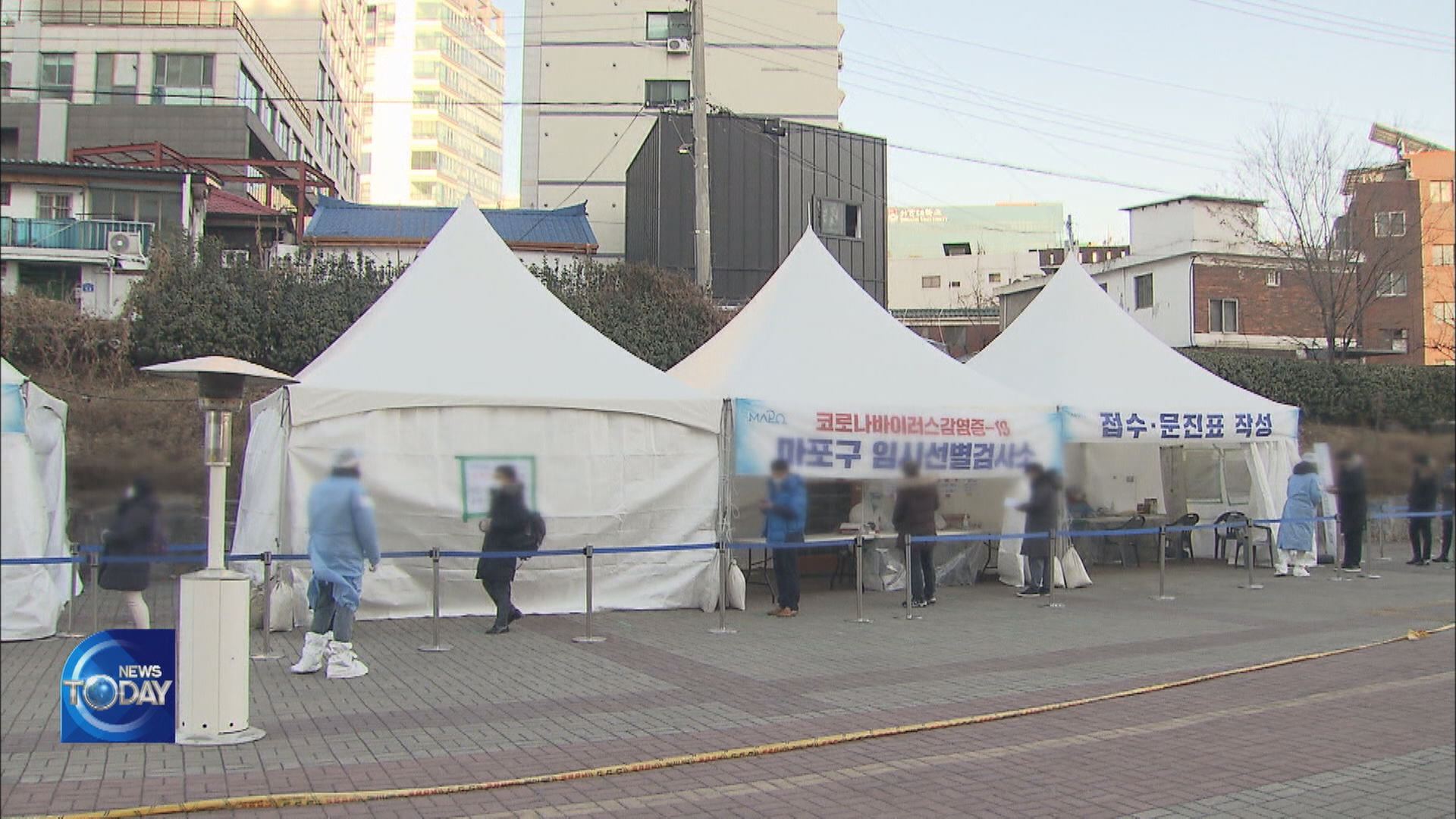
[Anchor Lead]
As of midnight of Monday, South Korea added 451 new COVID-19 cases. With the daily caseload hovering below 1,000 for a week, The basic reproduction number also dropped, indicating a single COVID-19 patient generates fewer secondary infections. These signs show that the latest resurgence of COVID-19 is slowing down. But health authorities are stressing that this week is more crucial.
[Pkg]
A falling basic reproduction number is a key sign that the latest COVID-19 wave is subsiding. While remaining on a downward trend, the weekly basic reproduction number dipped to 0.88 last week. The number dropped below one for the first time in three months since early October. It indicates the virus spread is being curbed, as a single COVID-19 patient generates fewer than one secondary infection. The nation’s average single-day caseload hovered around the 700 level last week, a decline of more than 190 from a week earlier. Reduced cluster infections is seen as the main reason for this drop. The weekly number of reports about group infection outbreaks decreased to ten, from over 70 in mid-December. Health authorities say this shows tougher social distancing rules, such as a ban on private gatherings, have proven to be effective.
[Soundbite] SOHN YOUNG-RAE(CENTRAL DISASTER MANAGEMENT HQs) : "The ban on private gatherings was an exceptional, precise measure. For now, it seems these measures have been effective."
The nation’s sickbed capacity has also improved. For a week, there have been no patients that had to wait more than a day for hospitalization. But risk factors remain, such as the cold weather and a possible spread of virus variants. This is why authorities hesitate to ease anti-virus restrictions on public facilities after January 17.
[Soundbite] CHOI WON-SEOK(KOREA UNIVERSITY ANSAN HOSPITAL) : "It remains to be seen if the wave will continue to wane. In Japan, the coronavirus spread has escalated through the repeated stages of expanding and receding. It's too early to conclude that the resurgence in South Korea will end only after passing one peak."
In order to identify latent infections at high-risk facilities, the government will require employees at care centers for the elderly and handicapped to take weekly COVID-19 tests.
As of midnight of Monday, South Korea added 451 new COVID-19 cases. With the daily caseload hovering below 1,000 for a week, The basic reproduction number also dropped, indicating a single COVID-19 patient generates fewer secondary infections. These signs show that the latest resurgence of COVID-19 is slowing down. But health authorities are stressing that this week is more crucial.
[Pkg]
A falling basic reproduction number is a key sign that the latest COVID-19 wave is subsiding. While remaining on a downward trend, the weekly basic reproduction number dipped to 0.88 last week. The number dropped below one for the first time in three months since early October. It indicates the virus spread is being curbed, as a single COVID-19 patient generates fewer than one secondary infection. The nation’s average single-day caseload hovered around the 700 level last week, a decline of more than 190 from a week earlier. Reduced cluster infections is seen as the main reason for this drop. The weekly number of reports about group infection outbreaks decreased to ten, from over 70 in mid-December. Health authorities say this shows tougher social distancing rules, such as a ban on private gatherings, have proven to be effective.
[Soundbite] SOHN YOUNG-RAE(CENTRAL DISASTER MANAGEMENT HQs) : "The ban on private gatherings was an exceptional, precise measure. For now, it seems these measures have been effective."
The nation’s sickbed capacity has also improved. For a week, there have been no patients that had to wait more than a day for hospitalization. But risk factors remain, such as the cold weather and a possible spread of virus variants. This is why authorities hesitate to ease anti-virus restrictions on public facilities after January 17.
[Soundbite] CHOI WON-SEOK(KOREA UNIVERSITY ANSAN HOSPITAL) : "It remains to be seen if the wave will continue to wane. In Japan, the coronavirus spread has escalated through the repeated stages of expanding and receding. It's too early to conclude that the resurgence in South Korea will end only after passing one peak."
In order to identify latent infections at high-risk facilities, the government will require employees at care centers for the elderly and handicapped to take weekly COVID-19 tests.
이 기사가 좋으셨다면
-
좋아요
0
-
응원해요
0
-
후속 원해요
0










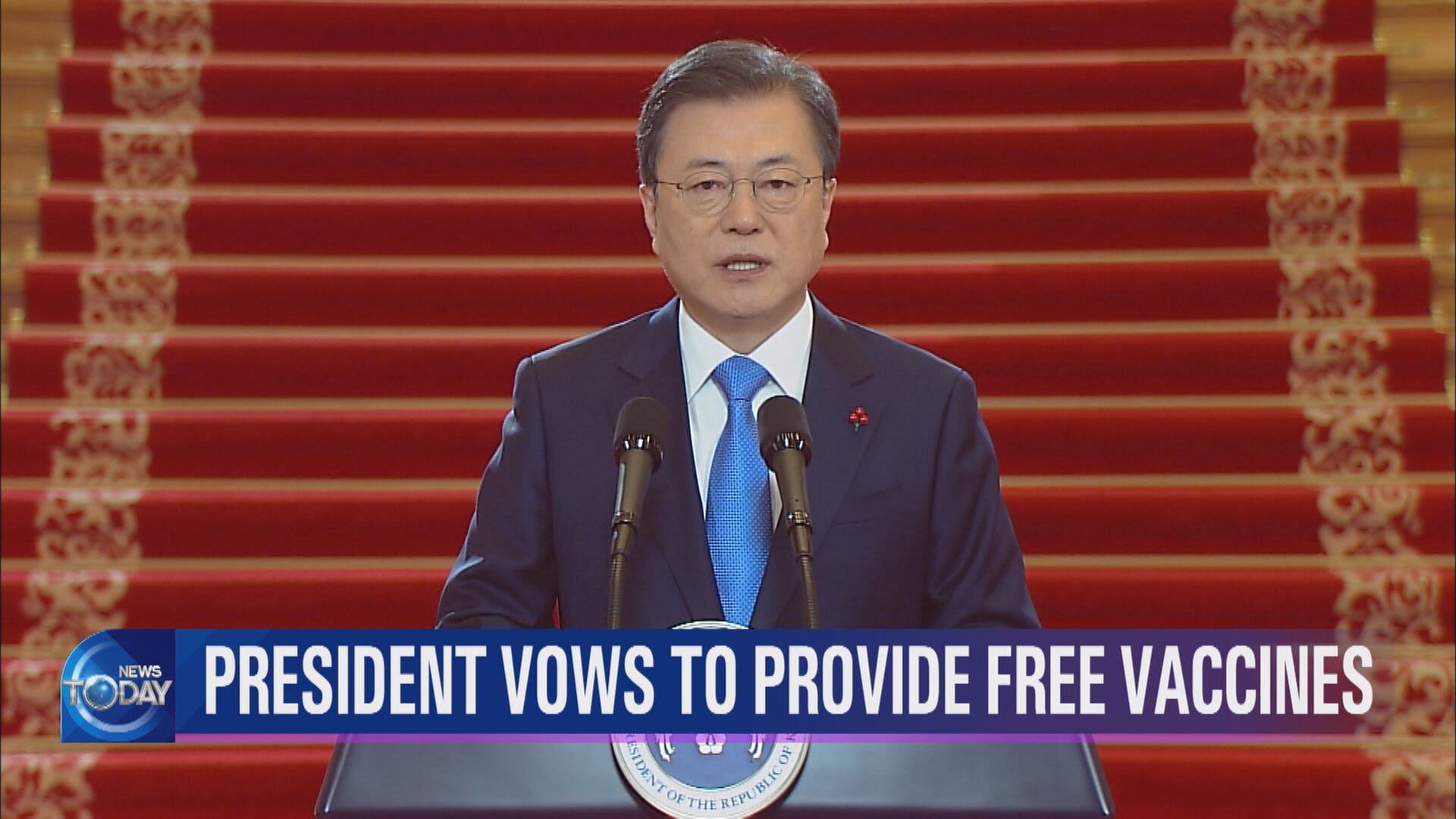
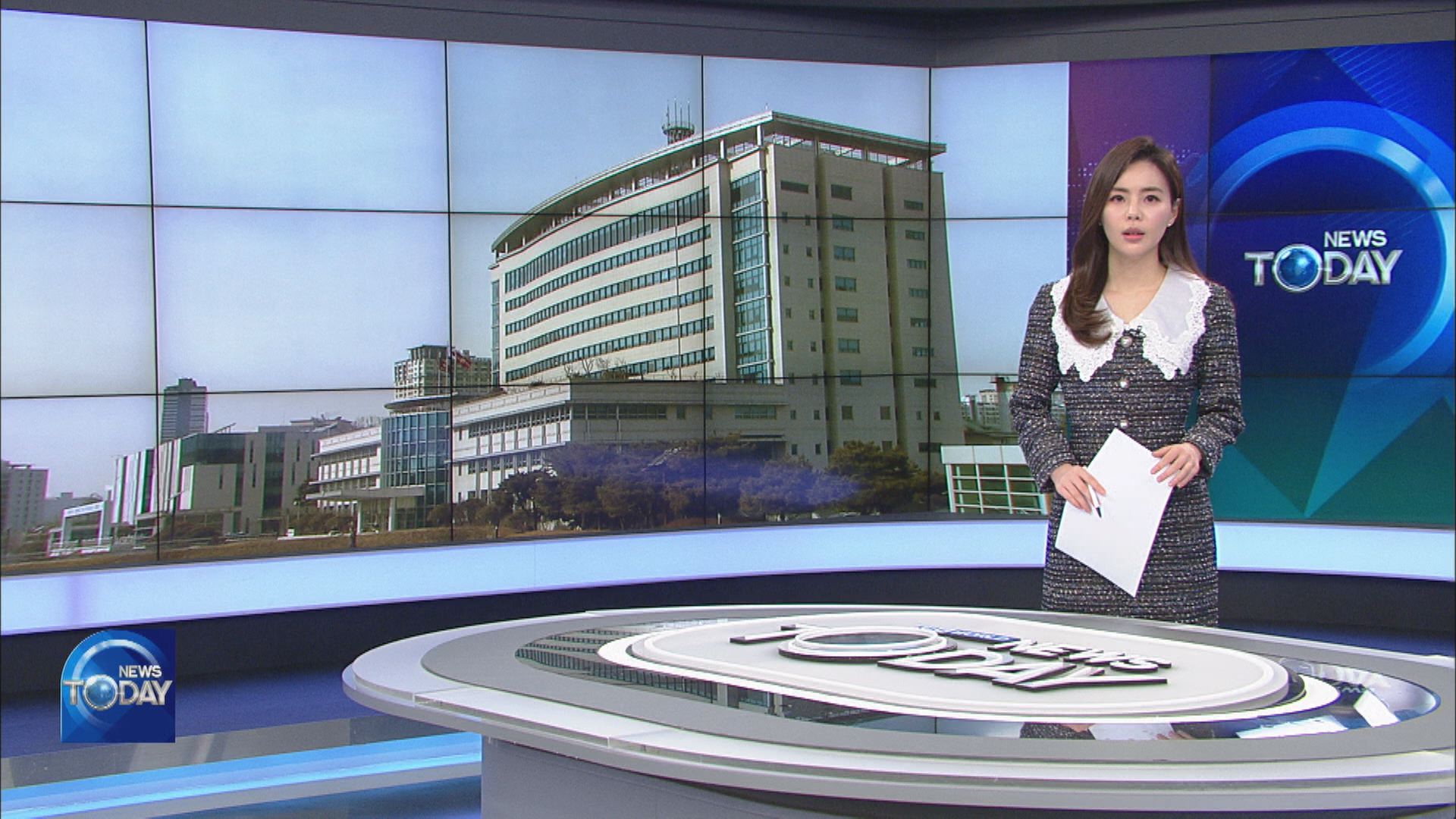
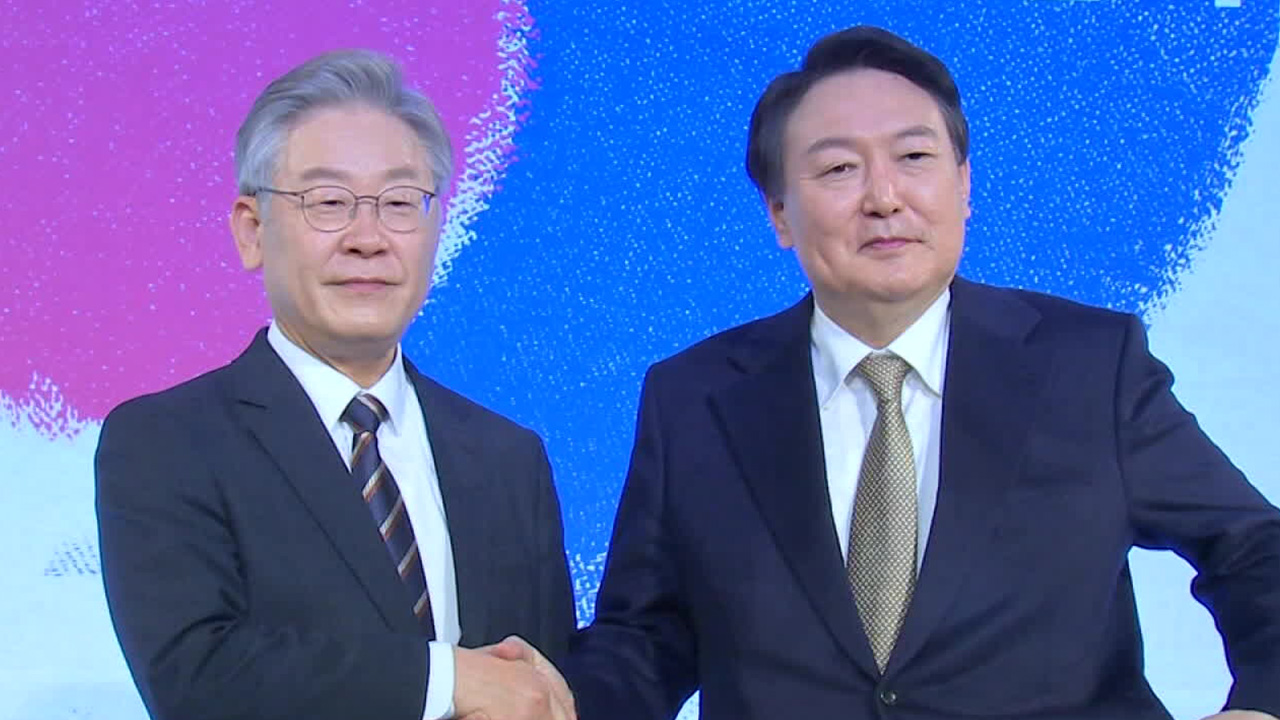
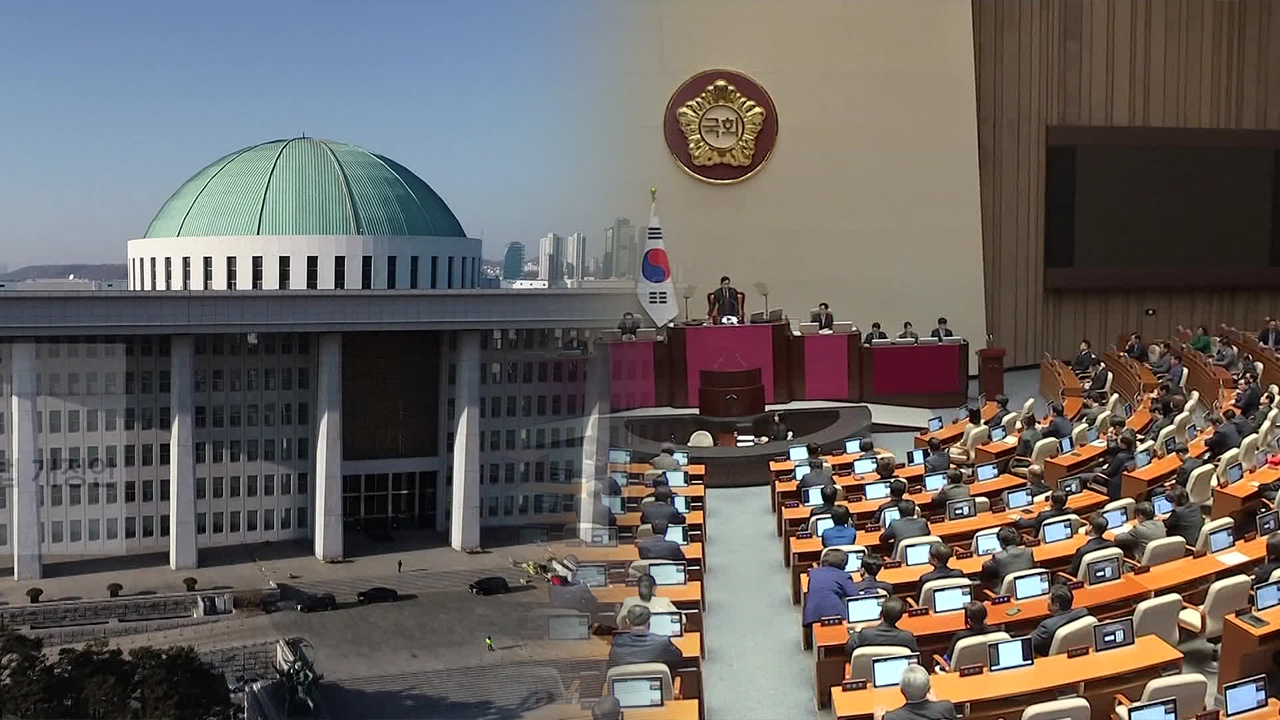
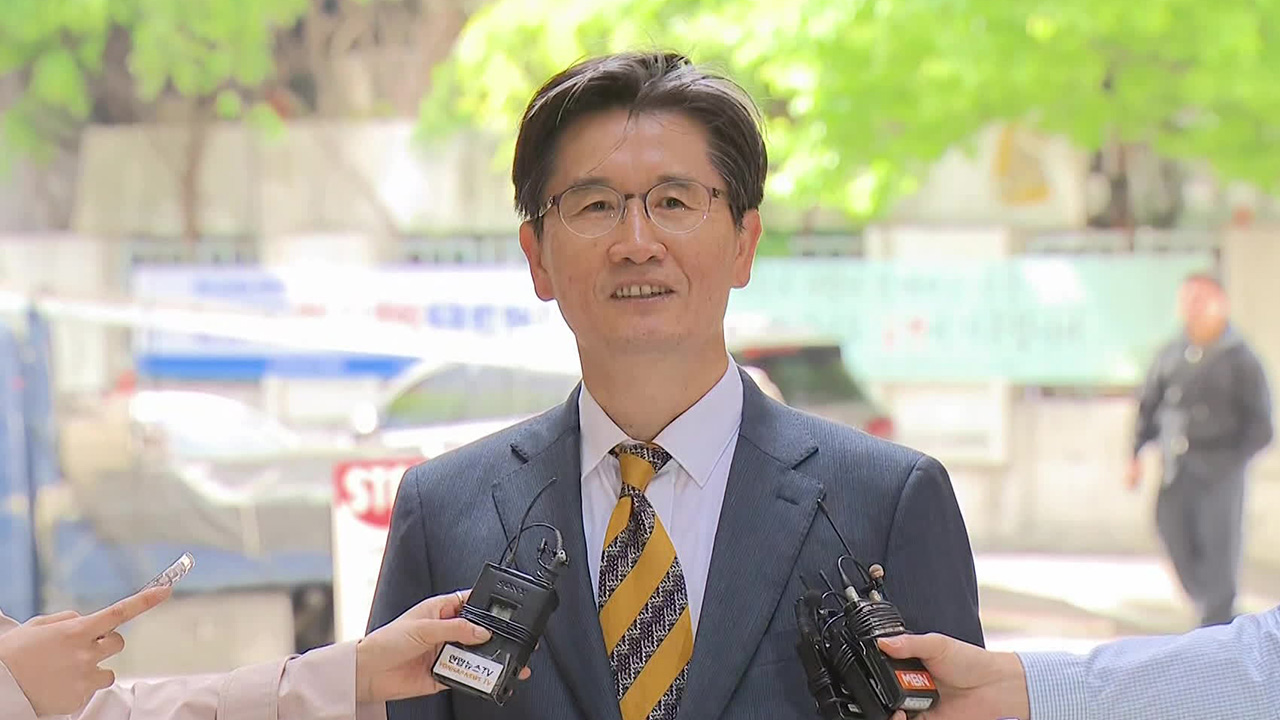
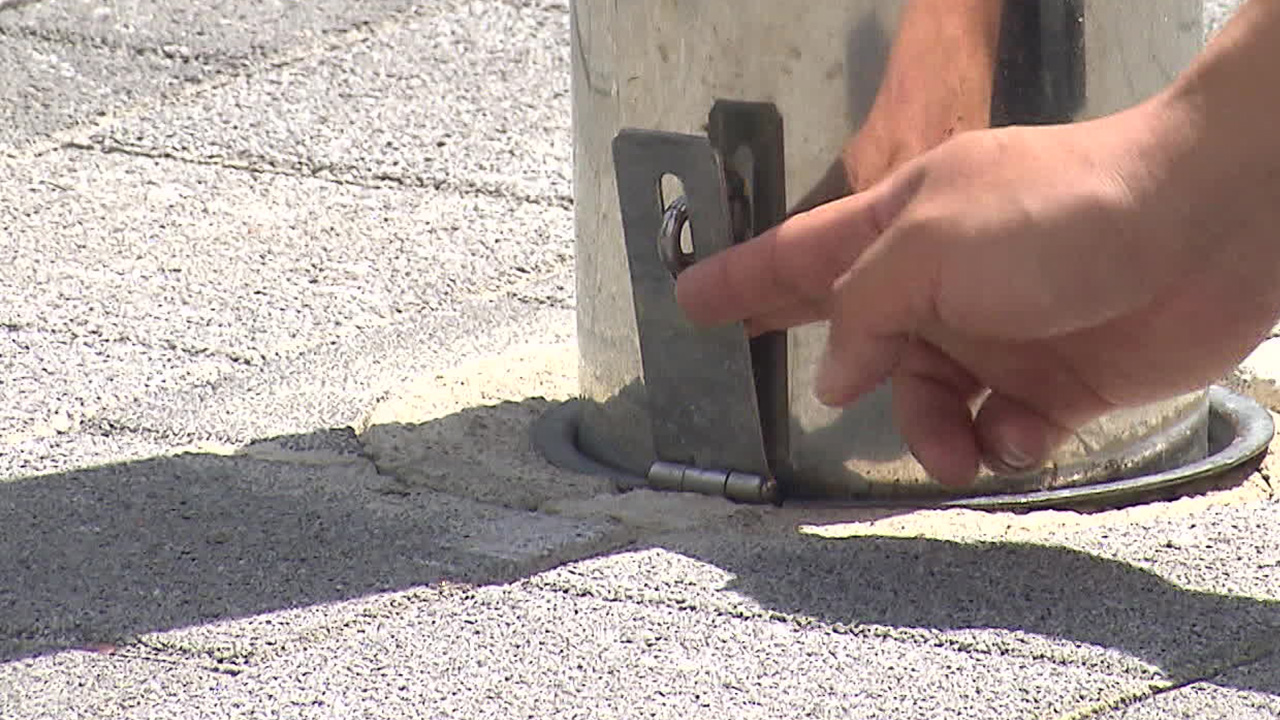

이 기사에 대한 의견을 남겨주세요.